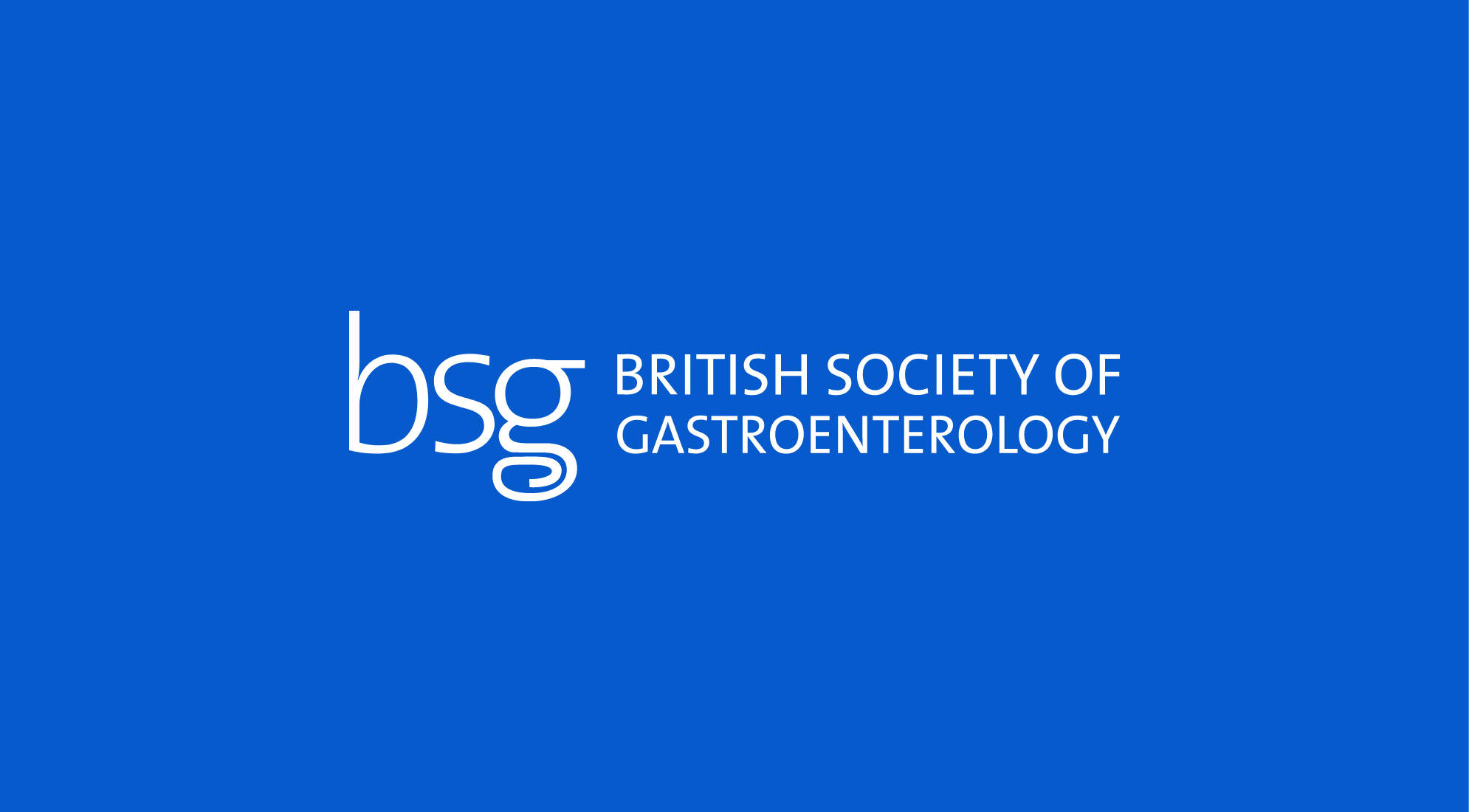Chicago Classification v4.0 (CCv4.0) is the updated classification scheme for esophageal motility disorders using metrics from high-resolution manometry (HRM). Fifty-two diverse international experts separated into seven working sub-groups utilized formal validated methodologies over two-years to develop CCv4.0. Key updates in CCv.4.0 revolve around a more rigorous and expansive protocol that incorporates different positions and provocative testing, a refined definition of esophago-gastric junction (EGJ) outflow obstruction (EGJOO), an increased threshold for the diagnosis of ineffective esophageal motility and inclusion of a description of baseline EGJ metrics. Further, the CCv4.0 sought to define motility disorder diagnoses as conclusive and inconclusive based on associated symptoms, the use of provocative testing and corroborating supportive testing with barium esophagram with tablet and/or functional lumen imaging probe. These changes attempt to minimize ambiguity in prior iterations of Chicago Classification and provide more standardized and rigorous criteria for patterns of disorders of peristalsis and obstruction at the EGJ.
Read More

Clinical Resources Categories
Clinical Resources Area
Reflecting on a career as a clinical academic in gastroenterology
clinical-resource/Reflecting-on-career-as-an-academic-in-gastro
At the end of 2026, I will have been a clinical academic in gastroenterology for 25 years.

Guidelines
Clinical Resources Area
BSR guideline for the prescription and monitoring of conventional synthetic disease-modifying anti-rheumatic drugs
clinical-resource/Prescription-monitoring-anti-rheumatic-drugs
This guideline has been endorsed by the BSG.